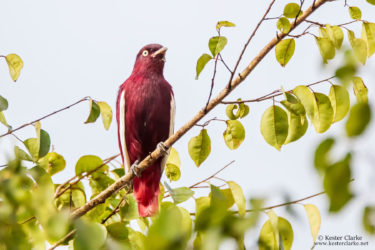
Pompadour Cotinga
Pompadour Cotinga are often found in canopy and near forest edges where they feed on fruit only, preferring figs.

Pompadour Cotinga are often found in canopy and near forest edges where they feed on fruit only, preferring figs.
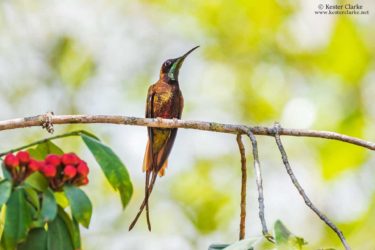
The Crimson Topaz is among the largest of all hummingbirds, second only to the Giant Hummingbird found in the Andes.
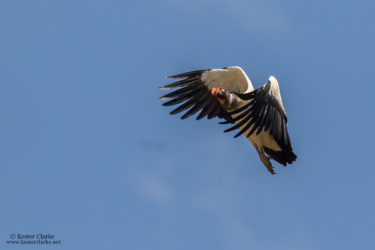
The King Vulture (Sarcoramphus papa) is large and predominantly white with a grayish-black flight and tail feathers.
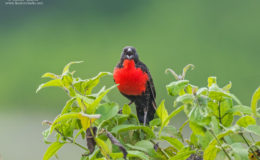
The Red-breasted Meadowlark, formerly known as the Red-breasted Blackbird, is common near rice cultivations and countrysides here.
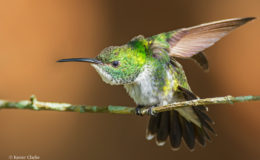
White-chested Emerald hummingbirds feed on nectar from the flowers of trees and smaller plants.
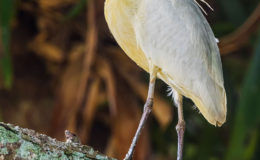
The Capped Heron is mostly white with a distinctive black crown, but during nesting season their plumage becomes tinged with yellow.
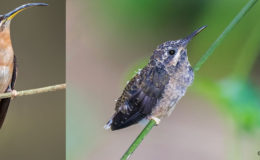
The Rufous-breast Hermit is a large hummingbird that inhabits forest understory, often near running water.
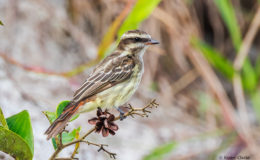
The Piratic Flycatcher is so named for its tendency to appropriate the dome-shaped nests of other birds such as the Yellow-rumped Cacique.
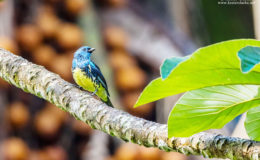
The Turquoise Tanager is mainly dark blue, with turquoise edging to the longest wing feathers and a yellowish lower underparts.
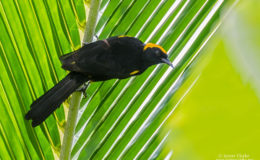
The Moriche Oriole is usually found in areas where the Moriche palm tree (Mauritia flexuosa) occurs.
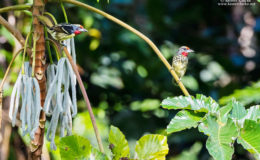
Male Black-spotted Barbets have an orange-red forehead and throat and a yellow chest with brown streaks on the side of the belly.
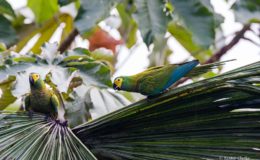
Red-bellied Macaws are mainly green with a red belly patch and blue forewings and head.
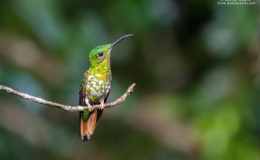
The Crimson Topaz is among the largest of all hummingbirds, second only to the Giant Hummingbird found in the Andes.
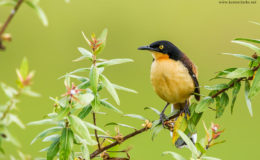
The Black-capped Donacobius is a familiar sight in marshes and wet pastures across much of South America.
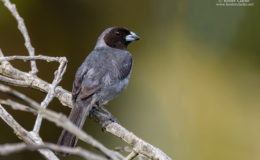
The Black-faced Tanager prefers grassland and pastures with low trees and shrubs where it forages for berries, seeds and some insects.
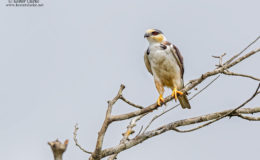
The Pearl Kite is the smallest bird of prey in the Americas.
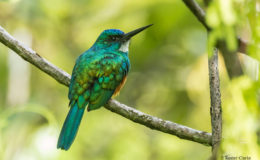
The Green-tailed Jacamar is a Guiana shield endemic and feeds mainly on flying insects which it catches by sallying out from exposed perches.
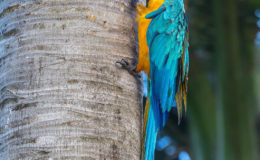
Blue-and-yellow Macaws usually mate for life. They prefer to nest in dead palm trees as is the case here in the Botanical Gardens and they feed on a wide range of fruits, particularly palm nuts and leafbuds.
Adult male has bright orange body plumage. The wings are black with pale orange to creamy-white edges.
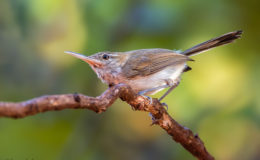
Long-billed Gnatwrens actively forage in the undergrowth and vines of dry forests where they eat mainly insects.
The ePaper edition, on the Web & in stores for Android, iPhone & iPad.
Included free with your web subscription. Learn more.